
Writing product reviews can be a great way to generate revenue from your website. People often look at reviews online before purchasing a product.
A research conducted by Podium states that ‘93% of consumers say online reviews impact their purchasing decisions.
This means reviews are important for a user’s purchase decision which brings us to this question:
How to write good and compelling reviews?
Writing reviews is not as easy as, say, writing a guide or a tutorial. Product reviews require a lot of research and effort spent into understanding the product inside out and then writing about it.
In this article, I’ll show you how to write a product review blog post in a way that influences the buyer and helps him make the right decision.
What is a Product Review?
According to the Cambridge Dictionary, a product review is ‘a report about a product written by a customer on a commercial website to help people decide if they want to buy it’.
Basically, you can define a product review as an insight into a product’s quality, function, usefulness, and service. A product review should not just explain a product but it should dive deeper into the different aspects of it.
In simpler words:
A product review should be an evaluation of a product, not its description.
Things To Do Before Writing A Review
Before we get into writing product reviews, there are a few prerequisites that are important for any product review.
Here are a few things you need to do:
Get Your Hands On The Products
Writing good product reviews requires good hands-on experience with the product. So, before you write any product review, get your hands on the product and start using it.
The more extensively you use the product, the more you understand it. This helps you see through the different strengths and flaws of the product.
Reviewing a product you have used yourself also helps with your credibility as you will be able to explain different details more thoroughly.
Here’s something you need to remember:
Consumers are very smart nowadays. It’s not difficult for them to see if you have actually used the product or not.
So, if you write a review of a product you have not used yourself, you are putting your credibility and authority at risk.
If you’re wondering if you need to spend money on every product, I just to let you know that most of the product owners will give a you free copy if you tell them you are going to write review on it.
And in some cases, you need to buy the product/service.
Become An Affiliate
Generating revenue from product reviews is a goal for many website owners. That’s why most of them even do it.
And if you also want to generate revenue from the products you’re reviewing, make sure to sign up as an affiliate for the product.
A good piece of advice would be to sign up early on as an affiliate because with some products, getting approved as an affiliate can take some time.
But what if the product doesn’t have an affiliate program?
Many products do not offer affiliate programs. In such cases, you can’t do much about it. But if the product you’re reviewing is not very popular, you can contact the makers of the product and try to convince them for a partnership.
This way, you can land a sponsored review opportunity where the product makers pay you to review their product.
Read Others’ Reviews
Now you’ve used the product and are pretty confident to write the product review.
So, you should go ahead and start writing the review, right?
Well, no.
Before you go ahead and start writing, read other reviews of the product. Take a look at what other websites have written about the product.
You may find something that you overlooked or didn’t come across about the product.
Apart from just reading reviews from blogs, go the extra mile and read customer reviews. This can give you more insights about the product and what the customers actually think of it.
Key Elements Of A Good Product Review
You might be wondering:
What does it take to write a good review?
Writing good reviews isn’t just about using and evaluating a product. There’s a lot more required.
Here are some important elements of a good product review:
Product Introduction
If you take a look at some of the best product reviews, you’d find that each of them gives a brief introduction to the product.
This is to make readers familiar with the product.
You might be thinking:
If someone is reading a product review, they might already be familiar with the product, right?
Well not always.
Let’s say I’m interested in starting a website and want to purchase a web hosting. Now, I find Bluehost getting recommended in every best web hosting list.
So, I know Bluehost might be a good web hosting for me. But I don’t know anything else about it.
This means when I read a review about Bluehost, I’d want to read something about the product rather than just its features.
This is the reason why writing a product introduction is very important.
In your product introduction, talk about the product and its history as well. Consumers care about the history of a product.
This is because consumers feel safer towards products that have been around for a long time.
Apart from the product history, give a quick overview of what the product does. This helps the consumer identify if this is the right product they’re looking for.
Key Features & Benefits
Talking about the different benefits and key features is very crucial for any product review. Many reviewers just list down the benefits and features of a product.
This is not enough.
You need to dive into the features and explain ‘how’ it helps the user. Explaining the features and benefits provides value to the reader and builds trust for the product.
One thing you need to remember:
Product reviews are all about building trust for a product.
If you fail to build that trust, the reader would not be interested in checking out or purchasing the product.
Take a look at our review of Link Whisper:
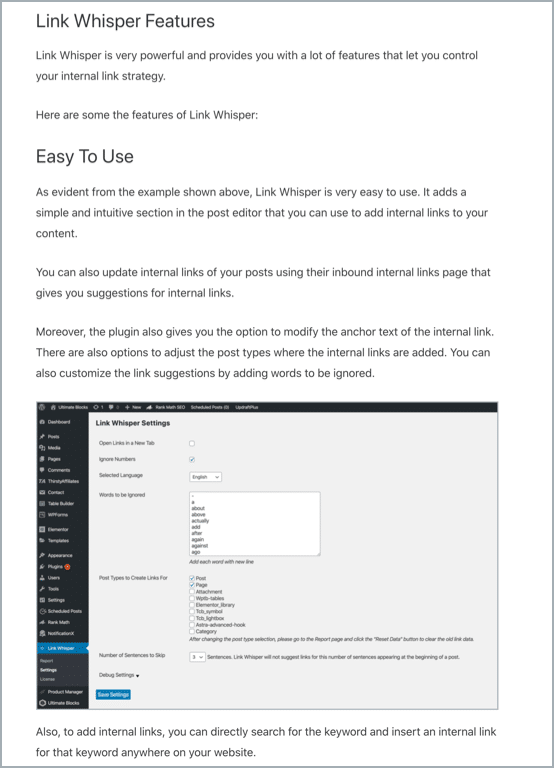
As you can see, we don’t just list down the features of the product.
We explain the features to help the reader understand how it can help them achieve their goals.
Technical Information (Step-by-Step Guide)
Many reviewers often ignore this but explaining the usage of a product is very important. In our reviews, we often provide a step-by-step guide for using the product:
This doesn’t mean you write a complete guide on using the product. But explaining the first basic steps of getting started with the product helps a lot.
Two reasons why:
- It helps the user understand the working of a product better.
- It builds trust and confidence for the product which makes the user more likely to purchase it.
You can include a short guide on setting up or getting started with the product to show its ease of use and avoid the user from being overwhelmed.
Images & Screenshots
Images and screenshots are very crucial for writing great product reviews. By including images, you’re not just telling about the product, you’re showing it.
This helps the reader understand the product visually.
Include screenshots of the product throughout your review. The more images you have in your review, the better.
Pros & Cons
Adding a pros and cons section to your review helps the reader identify the good and the bad of the product.
This helps a lot in the decision making process.
You can display pros and cons beautifully as bullet points in your review as shown below:
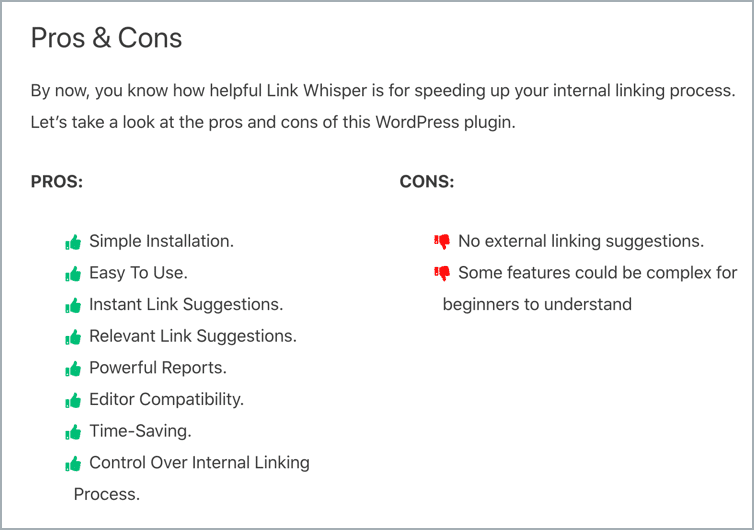
You can create a similar ‘Pros & Cons’ list by using the ‘Styled List‘ block of Ultimate Blocks.
List Down Alternatives
If the reader is not interested in the product, they might look for alternatives.
And it’s best that you provide them with alternatives before they leave your pages.
This has two advantages:
- It builds trust for your website as the reader sees you as someone who is genuinely offering value.
- It shows you’re not partial or biased towards the product.
We mention alternatives for all our product reviews as it helps our readers make the right decision.
You can either display the alternatives in a table or give brief descriptions of the alternatives:
We usually describe the alternatives in detail in our product reviews.
Pricing & Discounts
It’s obvious that in any product review, you’d talk about the pricing.
But here’s where many reviewers make mistakes:
In many product reviews, I’ve seen reviewers recommend the most expensive plan to the reader regardless of the context.
Why?
Because it will help them generate more affiliate revenue.
If you want a reader to purchase the product you’re reviewing, you need to be honest about what’s the best pricing option for them.
You can even go further and recommend different pricing plans for different types of readers.
Also, as an affiliate, some businesses provide discount coupons and codes for you to promote. You can use this to encourage the reader to purchase the product.
Note: If you’re going to add coupon codes on your review post, you can use WP Coupons & Deals plugin to increase your affiliate sales.
One last thing to remember about pricing is that it often changes.
So, remember to keep your reviews updated so that you display the latest pricing of the product. You can check the product page monthly or quarterly to check if any changes were made to the pricing.
Review Box
You might’ve seen review summary boxes like this on our product reviews:
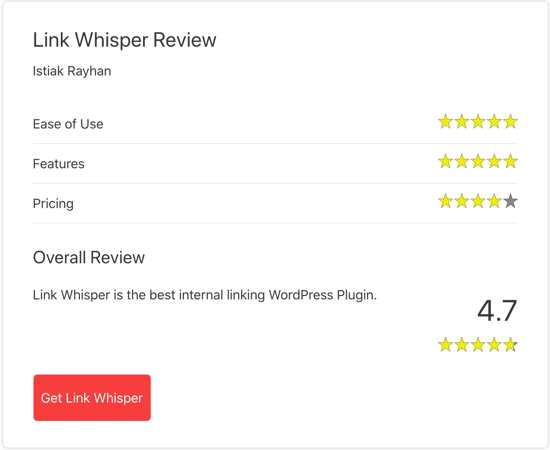
These boxes are created with ‘Review‘ block of Ultimate Blocks. These review boxes can be seen either at the top of the review or at the end.
The point is:
Adding a review box can increase the chances of conversions. It can capture readers who are highly motivated to purchase the plugin.
A review box also summarizes the review in a bite-sized format making it easy for the readers to make the final decision of the product.
The review box should contain a short summary of the product along with some pros and cons and ratings of different aspects of the product.
You can even add a call-to-action button with the discount codes of the product.
Conclusion (Final Thoughts)
You’re almost there and by now you know how to create compelling product reviews.
The last part of any product review is the conclusion. And believe me, you don’t want to mess this up.
Your conclusion should offer your personal opinion of the product. Regardless of whether it’s good or bad, your opinion and final thoughts should be honest.
If the product is good, then the conclusion should highlight the key benefits of the product again to encourage the user to take the decision.
Here’s an example of how we do it:
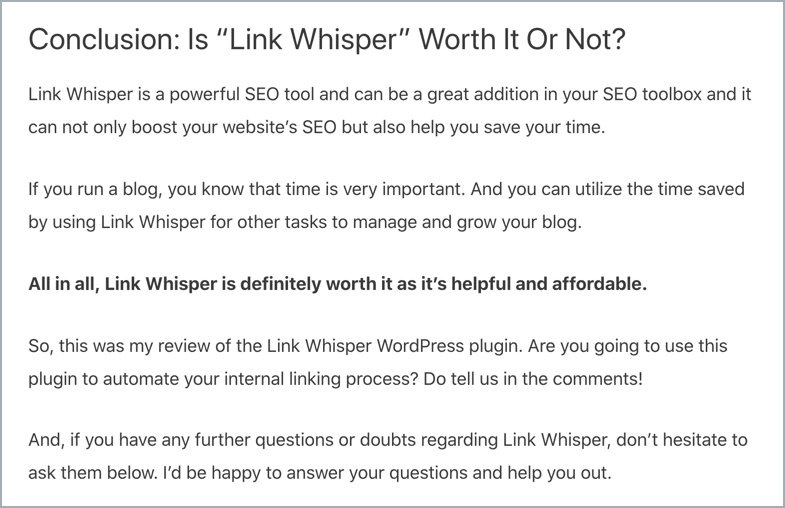
As you can see, we emphasize with the reader and bring up the pain-points of the reader and how the product can help them solve their problems.
Apart from this, you should include a call-to-action button to make the reader take some action.
Ultimately, the conclusion of your review should help the reader make a decision about the product.
Conclusion
Writing product reviews isn’t just about listing down the features and benefits of the product. It requires research about the product, using the product, and then laying out the features, qualities, and functioning of the product in a way that helps the reader.
I’ll bring this up again:
DO NOT write reviews about a product that you haven’t used yourself. These fake reviews will not only hurt your credibility but can also cost a lot to the reader.
Writing great reviews is all about providing value to the reader. Selling the product should be the secondary goal of any product review.
I hope this guide helped you understand how to craft product reviews that not only help the reader but also sell the product.
If you have any questions or advice regarding product reviews, feel free to share them in the comments below.
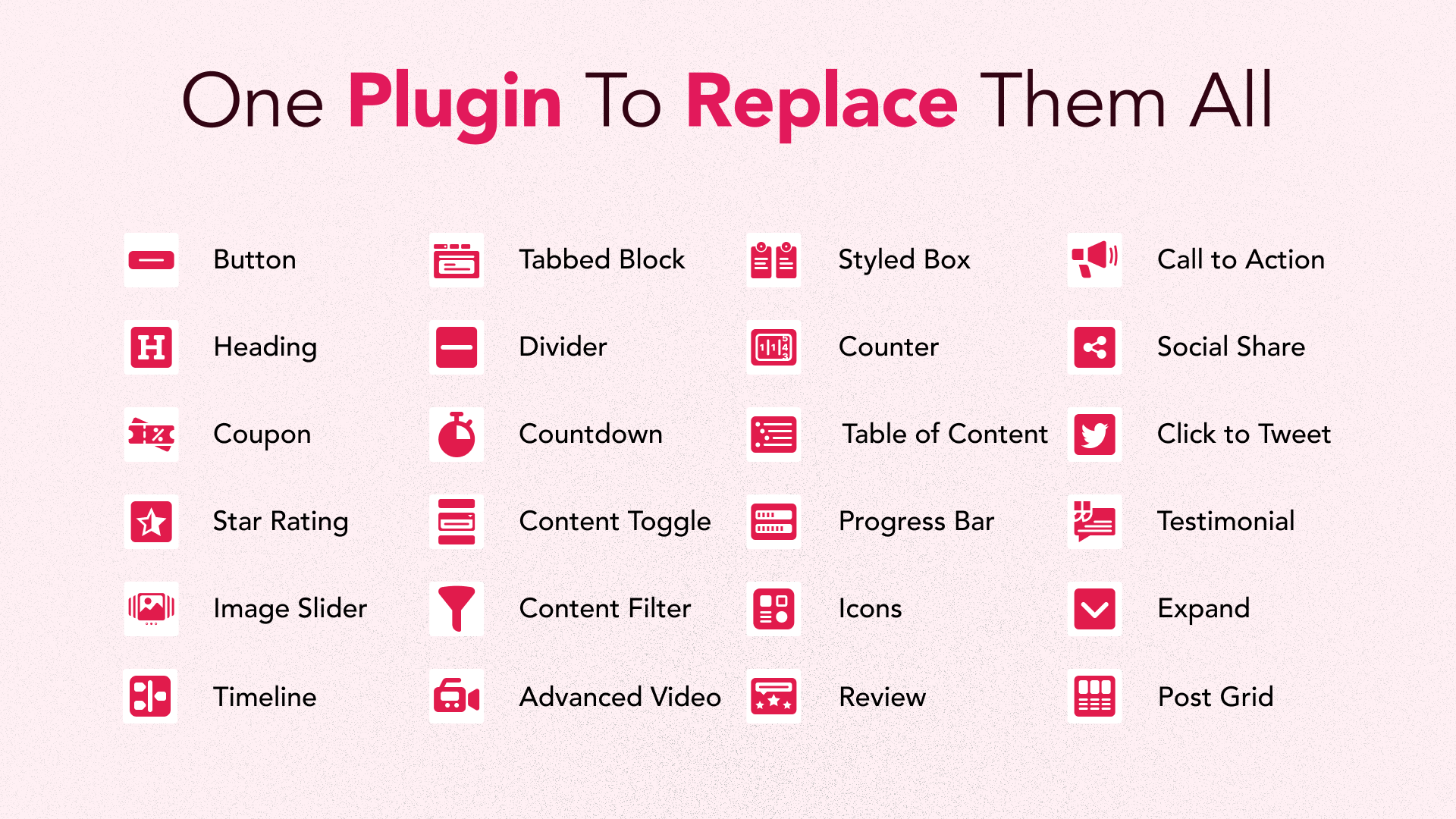
Leave a Reply